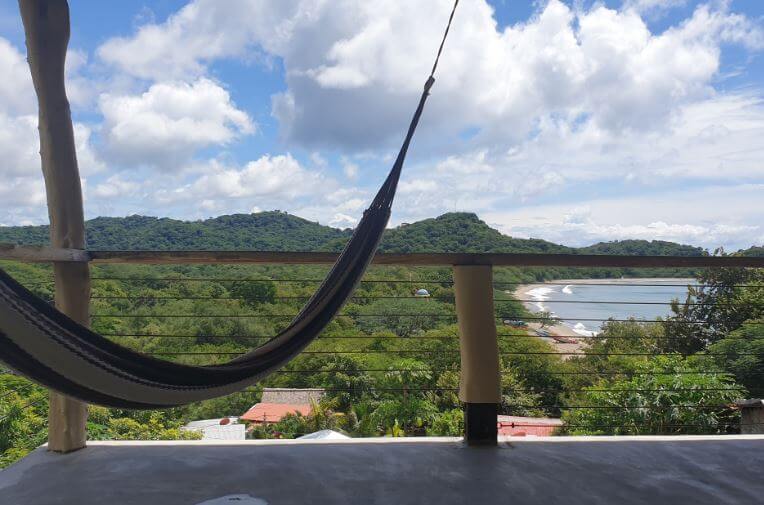We are in the middle of a major expansion of the digital nomad lifestyle. With a pandemic-derived taste for remote work combined with vaccine-facilitated open borders, more and more people are choosing to hit the road permanently.
In 2019, there were 7.3 million Americans who considered themselves digital nomads. Digital nomads have been defined as, “People who choose to embrace a location-independent, technology-enabled lifestyle that allows them to travel and work remotely, anywhere in the Internet-connected world.”
By 2020, according to a report by MBO Partners, there were 10.9 million digital nomads, an increase of 49%. The increase occurred even with many Gen-X’ers and Boomers going home due to Covid health and safety concerns. With vaccination and (hopefully) a subsiding pandemic by the end of 2021, the upward trend-line is sure to continue.
Traditionally, digital nomads have been mostly freelancers. But now, almost two-thirds are regular employees.
Economically, the digital nomad phenomenon is a case of “geoarbitrage”. Nomads produce for consumers in high-income countries, but their living costs are generally those of a lower-income country or region. Destinations commonly mentioned include Vietnam, Mexico, Thailand and Costa Rica: countries that are cheap, but still have decent internet and health infrastructure.
Yet the days are long gone when a Westerner can arrive in these places with a few USD, EUR or AUD and become a de facto millionaire. The world is far more interconnected and developed – almost everywhere – than it was a few decades ago.
In Costa Rica and Nicaragua, a short-term beachside rental will cost more per week than the weekly price for a long-term lease on a comfortable place in Sydney or Melbourne.

First World amenities – things like air-conditioning for the tropical heat, or imported groceries – require a much-more-than-local income, because the infrastructure is just not at the same standard. Add to that the fact that locals get what’s going on, and set the price to what they think you will pay.
Geoarbitrage is based on taking advantage of low local living expenses. Yet it is a rare digital nomad who is actually prepared to live like the locals.
All the same, 35% of digital nomads do make over USD $75,000 per year. For those who are already doing well in their home countries, there are exciting prospects for personal adventure, cultural exchange and global integration in the remote-working world.
Follow Christian on Twitter for more news updates.